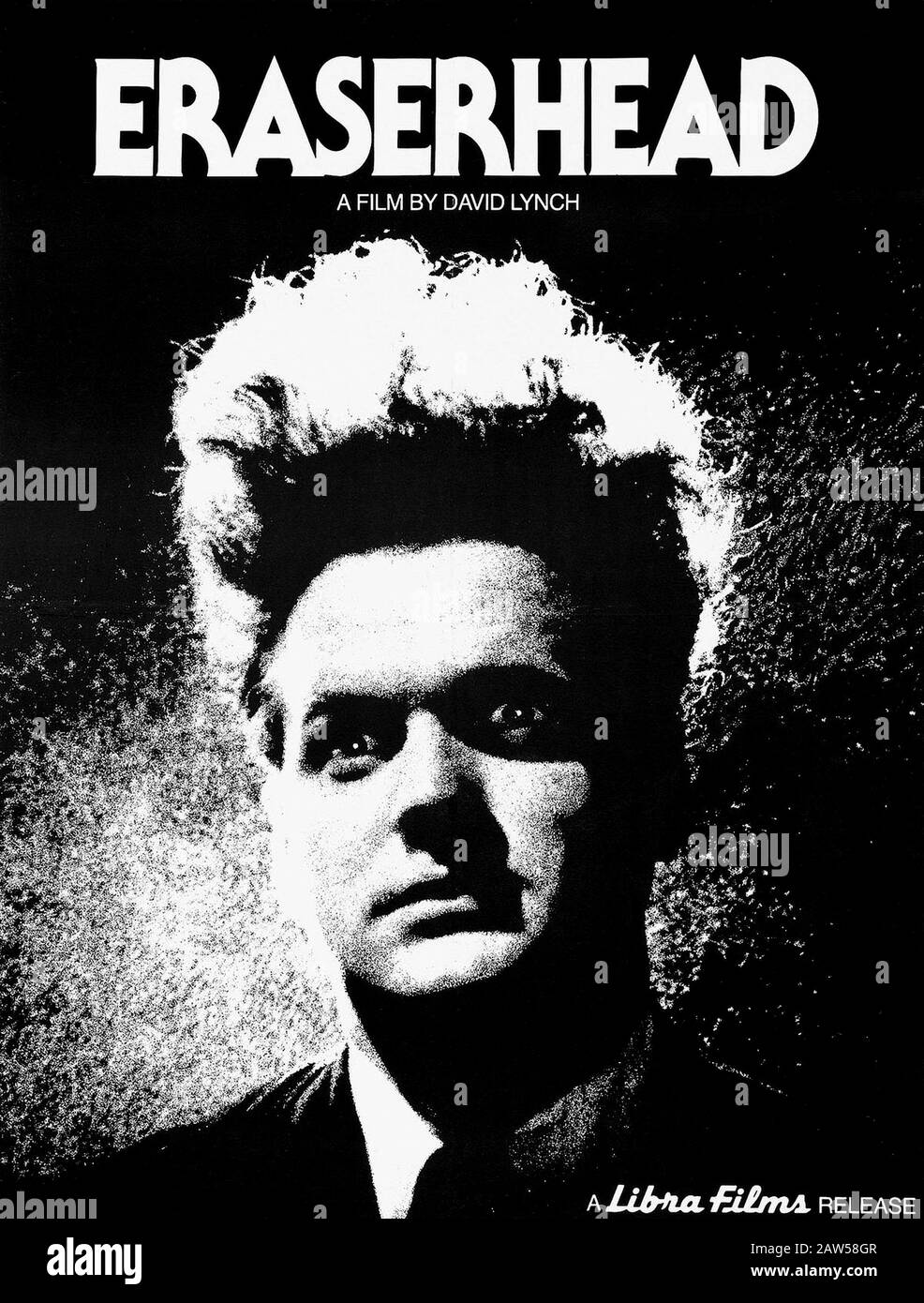David Lynch cinema stands as a testament to the innovative spirit of filmmaking, where reality and the surreal intertwine in a captivating dance. With films like “Blue Velvet” that plunge into the depths of human darkness, Lynch has carved a distinctive niche known for its Lynchian style, characterized by haunting imagery and unsettling narratives. The impact of “Twin Peaks” resonates deeply in the film world, redefining the boundaries of television and its cinematic potential. As we celebrate the David Lynch legacy at film archives, enthusiasts delve into the intricacies of Lynch films, exploring everything from character complexities to symbolic undertones. The allure of Lynch’s work continues to captivate audiences, fostering a profound appreciation for the art of cinema that exists between the familiar and the strange.
Exploring the realm of Lynch’s unique filmmaking offers a fascinating glimpse into a world where the conventional notions of storytelling dissolve. Known for his raw and evocative narrative structures, David Lynch’s art challenges viewers to confront their perceptions of reality through a meticulously crafted lens. His influence permeates not just in the realm of film but also in television, with groundbreaking works like “Twin Peaks” laying the groundwork for a more cinematic approach to episodic storytelling. Lynch’s films, highlighted by their surreal qualities and ethereal aesthetics, present an unparalleled analysis of the human condition, drawing parallels to other artists and filmmakers who embraced the uncanny. As we delve deeper into the works of Lynch, we unveil a legacy that continues to inspire and provoke thought in audiences around the globe.
Exploring the Lynchian Style in David Lynch’s Films
David Lynch’s films are often described as ‘Lynchian,’ a term that encapsulates his unique blend of surrealism, psychological depth, and uncanny realities. One of the hallmark features of Lynch’s cinematic style is his ability to create an atmosphere that straddles the line between dream and reality. His use of lighting, sound design, and non-linear storytelling enhances the viewer’s experience, drawing them into a world that is both familiar and disquieting. This signature approach invites audiences to delve into their own subconscious, much like his characters, who often grapple with existential themes that resonate deeply across generations.
In works such as “Blue Velvet” and “Mulholland Drive,” Lynch evokes a chilling sense of the ordinary turned bizarre, revealing the dark undercurrents that ripple beneath the surface of everyday life. The tension built through his artistry encourages a deeper exploration of characters’ psyches, with viewers left both captivated and disturbed. As critics have noted, Lynch’s ability to weave beauty with horror reflects themes found in the works of visual artists like Francis Bacon and Sylvia Plath. This intricate tapestry of contradictions is what comprises the essence of the Lynchian experience.
The Impact of Twin Peaks on Television and Beyond
“Twin Peaks” stands as a cornerstone of modern television, reshaping how stories are told on the small screen. Lynch’s unique narrative style and refusal to conform to traditional television tropes introduced audiences to a complex web of mystery, style, and character exploration that was unprecedented at the time. The show’s non-linear storytelling and supernatural elements paved the way for future dystopian and surreal series, allowing subsequent creators to broaden the boundaries of television storytelling. Lynch’s work in “Twin Peaks” showcased the potential of television as a medium for deep artistic expression, rather than mere entertainment.
The cultural legacy of “Twin Peaks” extends far beyond its air date, influencing a generation of filmmakers and television creators. Shows that followed, such as “The X-Files” and more recently “Fargo” and “Hannibal,” have drawn inspiration from Lynch’s innovative storytelling techniques. The show’s impact can also be seen in its revival and continued relevance in contemporary discussions about narrative complexity in TV series. Lynch’s ability to create a world that captivates while simultaneously unsettling has fostered a cult following that remains dedicated to uncovering the layered meanings and enigmatic symbols that populate the town of Twin Peaks.
Examining Blue Velvet: A Critical Analysis of Its Themes and Style
“Blue Velvet,” often heralded as one of Lynch’s masterpieces, offers a deep, critical look into the juxtaposition of idyllic suburban life with the hidden perils that lurk beneath. The film’s exploration of innocence entwined with horror serves as a lens through which viewers can examine the darker aspects of human nature and societal norms. Lynch skillfully crafts a narrative that unravels the concept of ‘normalcy,’ revealing the profound psychological undercurrents that disturb the seemingly picturesque setting. The film not only highlights the concept of duality present in human existence but also challenges viewers to confront their complicity in the cinematic world constructed by Lynch.
The cinematography, characterized by its striking contrast between light and shadow, allows Lynch to channel the tension between beauty and violence. Every frame exudes a sense of foreboding, transforming the mundane into the macabre. Lynch’s use of color and composition invites the audience to peer closer into the abyss that lies beneath the surface. Critics have noted that “Blue Velvet” forces viewers to reassess their perceptions of morality, identity, and reality, leaving a lasting impact on the viewer. Lynch’s unparalleled ability to narrate such complex themes through visceral images and soundscapes cements his legacy as a formidable storyteller in the realm of cinema.
David Lynch’s Cinematic Legacy: An Artistic Mastermind
David Lynch leaves behind a legacy that transcends the traditional boundaries of cinema. He is revered not only for his iconic films but for his ability to forge a distinct cultural narrative. Each of his works contributes to a dialogue about the intersection of art and life, exploring themes of identity, trauma, and the subconscious mind. Lynch’s influence is evident across various domains—visual art, music, and of course, film—demonstrating his multifaceted approach to storytelling. Scholars and cinephiles alike often find themselves enchanted by Lynch’s unique perspective, prompting continual discussions about his impact on the cinematic landscape.
As the film industry continues to evolve, Lynch’s existential inquiries and innovative stylistic choices will undoubtedly inspire future generations of creators. His vision challenges convention, and examining his notable contributions – from his exposure of the Hollywood underbelly to the evocative soundscapes of his films – encourages filmmakers to explore beyond mainstream expectations. This legacy of freedom and exploration not only embodies Lynch’s work but also strengthens the notion that cinema can serve as a powerful medium for artistic expression, inviting viewers to confront their constructed realities and engage more deeply with the world around them.
A Legacy of Innovation: The Artistic Journey of David Lynch
David Lynch’s journey as an artist is marked by relentless exploration and a rejection of norms. Beginning as a painter, Lynch brought a sensibility to filmmaking that is distinctly visual and deeply personal. His first feature, “Eraserhead,” set the stage for an innovative trajectory that would defy categorization. Lynch uses symbolism and surrealism to depict life’s inherent absurdities, often drawing upon his own experiences and observations of American culture. The recalcitrant nature of his work cultivates a lasting fascination; viewers are compelled to unpack the layers of meaning in his films, each viewing revealing something new.
Moreover, Lynch’s forays into different artistic mediums reflect his fluidity as a creator. His interdisciplinary approach, where painting, sculpture, music, and film converge, allows a richer understanding of his artistic vision. Lynch’s unique practice not only crafts a striking visual language but also explores the narratives that are universal yet profoundly personal. His fearless examination of uncomfortable truths invites audiences to engage deeply with their perceptions of reality, consolidating his status as a pioneering force in contemporary art and cinema.
The Enduring Influence of David Lynch on Contemporary Cinema
The sudden loss of David Lynch has sparked discussions on his lasting influence on contemporary filmmakers and the cinematic arts as a whole. His distinctive narratives and visual storytelling have carved pathways for other directors to explore psychological complexities and embrace surrealism in their films. Lynch’s ability to blend the strange with the familiar has opened the door for multifaceted storytelling in both film and television, encouraging creators to embrace the characteristics that make their narratives innovative and compelling.
Filmmakers such as Ari Aster and Greta Gerwig, who employ surreal elements and a painterly aesthetic in their storytelling, cite Lynch as a significant inspiration. Lynch’s exploration of the human psyche and unconventional cinematic techniques resonate in today’s storytelling, ensuring that his brand of creativity continues to shape the landscape of modern cinema. The evolution of genres in film, influenced by Lynch’s groundbreaking work, encapsulates how his visionary approach can inspire a new wave of creativity that reflects contemporary society.
Understanding the Thematic Depth of Lynch’s Filmography
Delving into David Lynch’s body of work reveals a rich tapestry of themes that are both personal and universal. His films, like “Mulholland Drive” and “Lost Highway,” probe deep into the complexities of identity, memory, and desire. Lynch adeptly manipulates narrative structures to embody the chaos and fragmentation often experienced in modern life. The psychological depth present in his storytelling invites viewers to confront their own fears, desires, and insecurities, creating an immersive experience that lingers long after viewing.
Furthermore, the exploration of Americana plays a vital role in Lynch’s films, often contrasting the seemingly idyllic facade with dark underlying truths. Each narrative unfolds in a world that mirrors real-life struggles and societal issues, fostering a deeper connection with the audience. By engaging with such thematic content, Lynch encourages viewers to reflect on their perceptions of morality and reality, blurring the lines between fiction and experience. This thematic richness not only marks his work as iconic but also ensures its relevance in ongoing cultural discourse.
Reviving David Lynch’s Cinematic Journey through Harvard Film Archive
The Harvard Film Archive honors Lynch’s cinematic contributions by screening pivotal films that encapsulate his innovative vision. By revisiting classics such as “Eraserhead” and “Wild at Heart,” audiences are offered a unique opportunity to experience these works on the big screen, appreciating the nuances that can only be fully realized in a theater setting. The curation of these screenings serves as a powerful reminder of Lynch’s artistry, ensuring that his films remain a topic of discussion among current and future film enthusiasts.
Combining education and entertainment, the screenings at the Harvard Film Archive encourage a new generation to explore the mesmerizing worlds crafted by Lynch. Enhanced by discussions led by film scholars like Sabrina Sutherland, these events illuminate the enduring impact of his work, while also fostering critical dialogue surrounding his filmography. In celebrating Lynch’s cinematic journey, the Archive not only acknowledges his artistry but also revitalizes his presence in contemporary cinema, ensuring that his legacy continues to inspire.
Frequently Asked Questions
What are the key characteristics of David Lynch cinema that define his Lynchian style?
David Lynch cinema is defined by its Lynchian style, which blends the familiar with the strange, creating an unsettling yet compelling viewing experience. His films often feature non-linear narratives, surreal imagery, and a haunting soundtrack that evoke deep emotional responses. Through works like “Blue Velvet” and “Mulholland Drive,” Lynch explores themes of duality and the darker aspects of human nature, establishing a unique cinematic language that challenges viewers.
How did David Lynch’s film ‘Blue Velvet’ impact the understanding of American cinema?
‘Blue Velvet’ had a profound impact on American cinema by subverting the expectations of the small-town narrative. Lynch’s portrayal of a seemingly perfect American town hiding dark secrets opened up new avenues for filmmakers to examine and critique societal norms. The film’s bold storytelling and complex characters continued to influence generations of filmmakers, solidifying Lynch’s legacy in cinema history.
What is the significance of ‘Twin Peaks’ in the context of David Lynch’s legacy?
‘Twin Peaks’ is significant in David Lynch’s legacy as it revolutionized television storytelling with its cinematic quality and narrative complexity. Lynch’s unique approach blurred the lines between film and television, paving the way for series that embraced deeper character development and intricate plots. The show’s cultural impact continues to be felt, inspiring future TV creators and establishing Lynch as a groundbreaking figure in both mediums.
Can you analyze the themes presented in David Lynch’s ‘Blue Velvet’?
In ‘Blue Velvet’, David Lynch presents themes of innocence, voyeurism, and the duality of human nature. The film’s juxtaposition of picturesque suburbia with dark, violent undercurrents invites viewers to question the facade of normalcy. Lynch’s use of surreal imagery and haunting sound design creates an unsettling atmosphere, emphasizing the contrasts between beauty and horror, which are central to his cinematic style.
How does the legacy of David Lynch influence contemporary filmmakers?
David Lynch’s legacy influences contemporary filmmakers through his innovative narrative techniques and thematic depth. Many current directors draw inspiration from Lynch’s ability to invoke emotional complexity and employ symbolism in their storytelling. The ‘Lynchian’ style—a term that describes narratives marked by surrealism, ambiguity, and psychological intensity—has become a benchmark for filmmakers seeking to challenge conventional storytelling methods.
What makes David Lynch’s films a unique experience for viewers?
David Lynch’s films offer a unique experience through their immersive and often disorienting storytelling. His mastery of atmosphere creates a dreamlike quality, inviting viewers to engage with the material on a subconscious level. Lynch’s focus on psychological themes, combined with rich visual aesthetics and sound design, results in a captivating yet complex journey that leaves a lasting impression and prompts various interpretations.
What should viewers expect when watching films like ‘Eraserhead’ or ‘Wild at Heart’ by David Lynch?
Viewers watching ‘Eraserhead’ or ‘Wild at Heart’ can expect a distinctive cinematic experience characterized by Lynch’s trademark surrealism and emotional intensity. ‘Eraserhead’ presents a nightmarish vision of urban life, while ‘Wild at Heart’ blends elements of romance with violent undertones. Both films challenge traditional narrative structures and invite audiences to explore complex themes of identity, love, and existential dread.
| Key Points |
|---|
| David Lynch’s films blend familiarity and strangeness, appealing across generations. |
| Screenings of notable films like ‘Blue Velvet’ and ‘Twin Peaks’ celebrate Lynch’s cinematic achievements. |
| Lynch’s unique cinematic language has drawn comparisons to great filmmakers like Luis Buñuel. |
| His work has a profound aesthetic, mixing beauty with dark themes, engaging audiences deeply. |
| Lynch’s influence extends beyond film to television, notably with ‘Twin Peaks’. |
| The recent film screenings allowed audiences to appreciate Lynch’s films on 35 mm, emphasizing their immersive quality. |
| Lynch’s loss is felt deeply, prompting a reassessment of his contributions to cinema. |
Summary
David Lynch cinema is celebrated for its profound impact on the film industry, characterized by a unique blend of the familiar and the strange. Lynch’s work has inspired countless artists and captivated audiences, and with his recent passing, it’s an opportune time to reflect on his innovative contributions. Through classic films and television series like ‘Blue Velvet’ and ‘Twin Peaks,’ Lynch created a cinematic language that challenged norms and explored the depths of human experience. His legacy is not just in his films, but in the conversations they continue to ignite among fans and critics alike.











